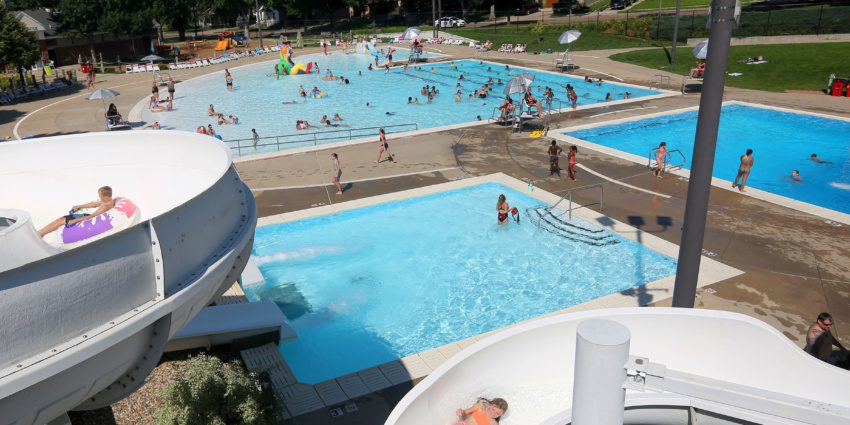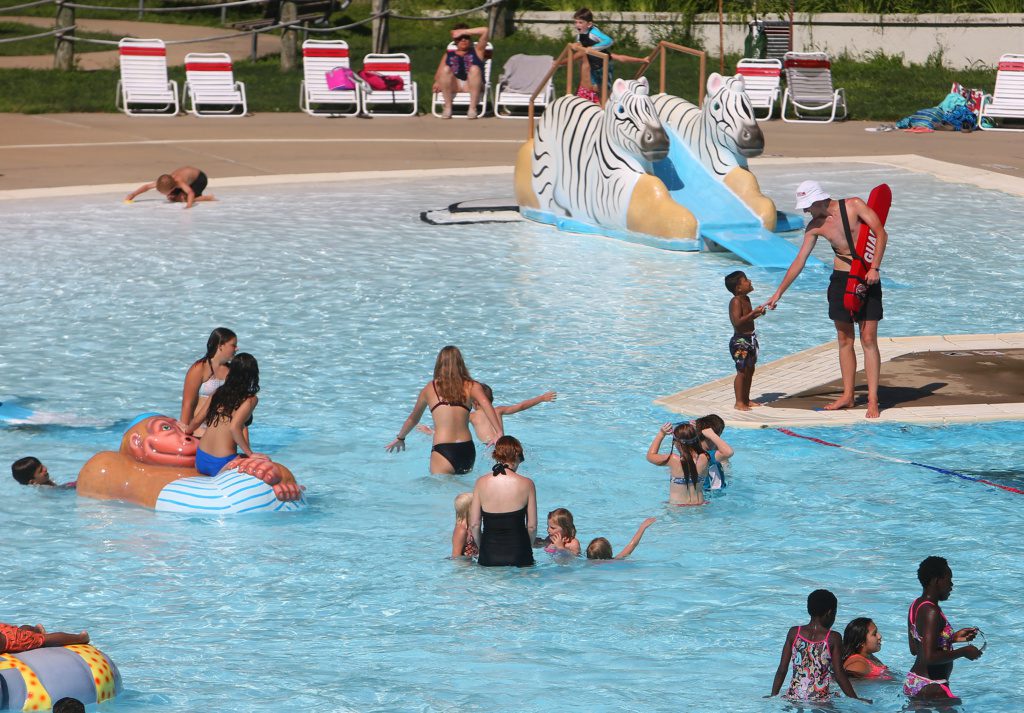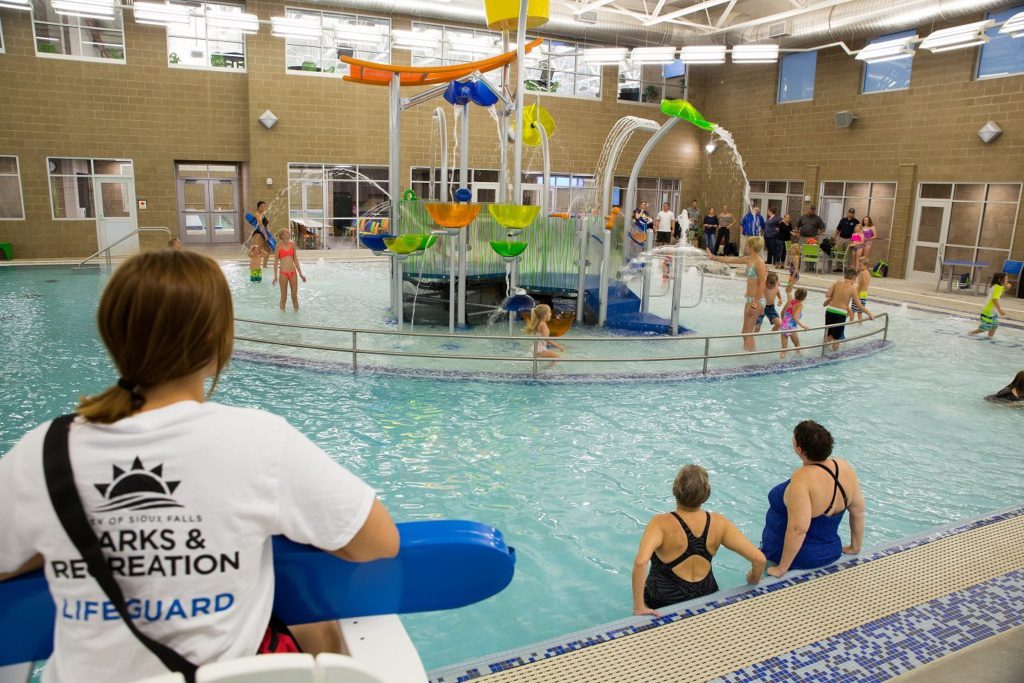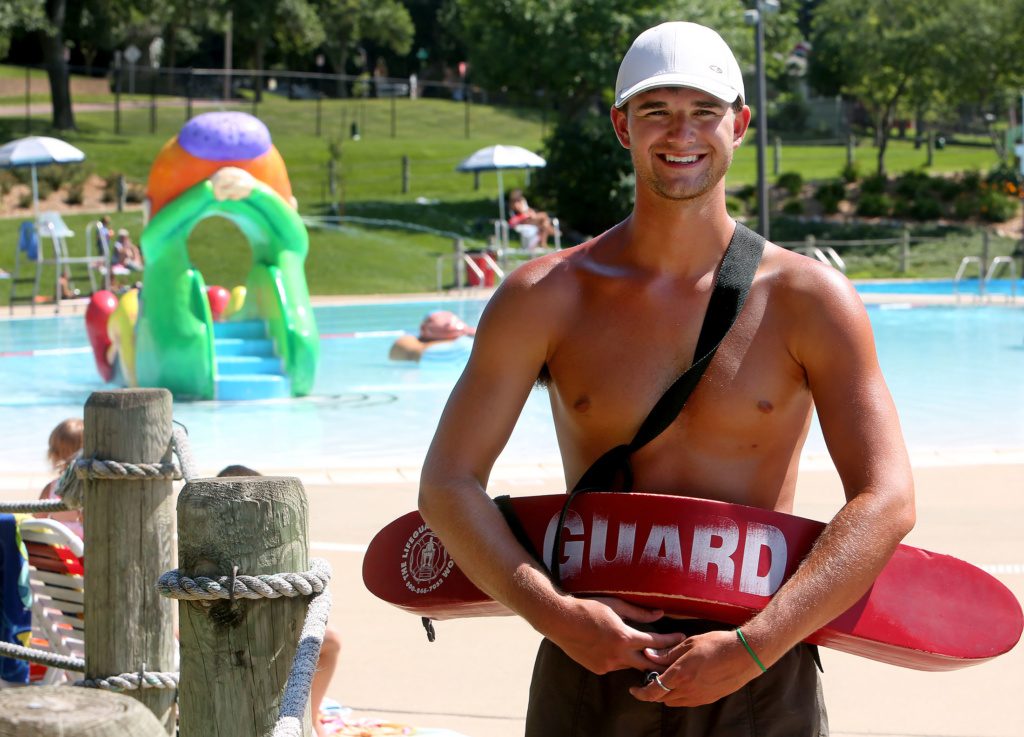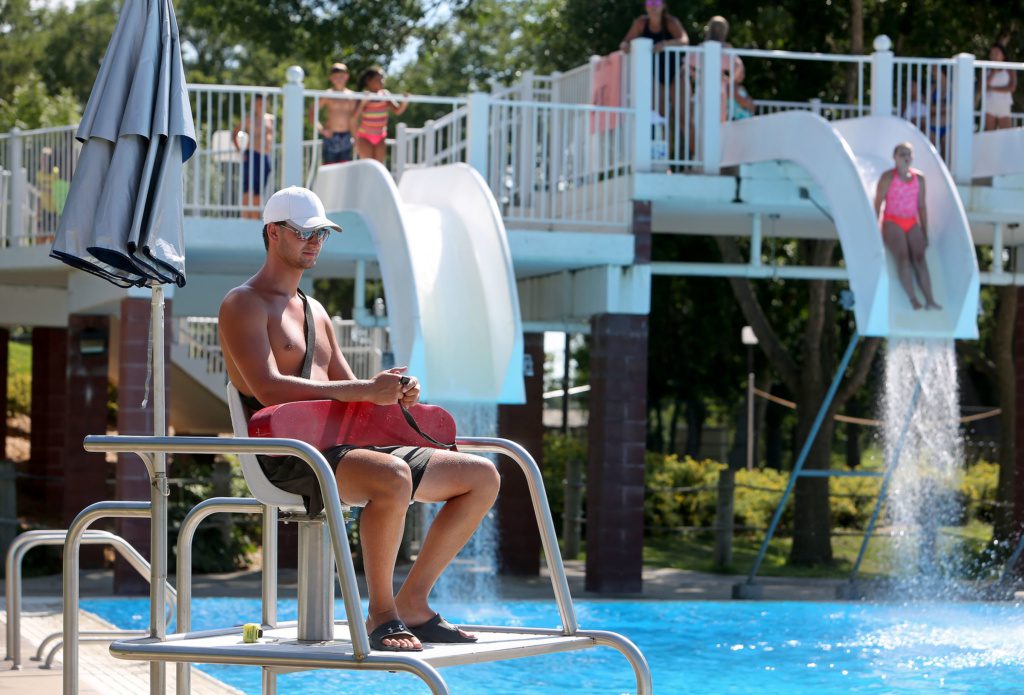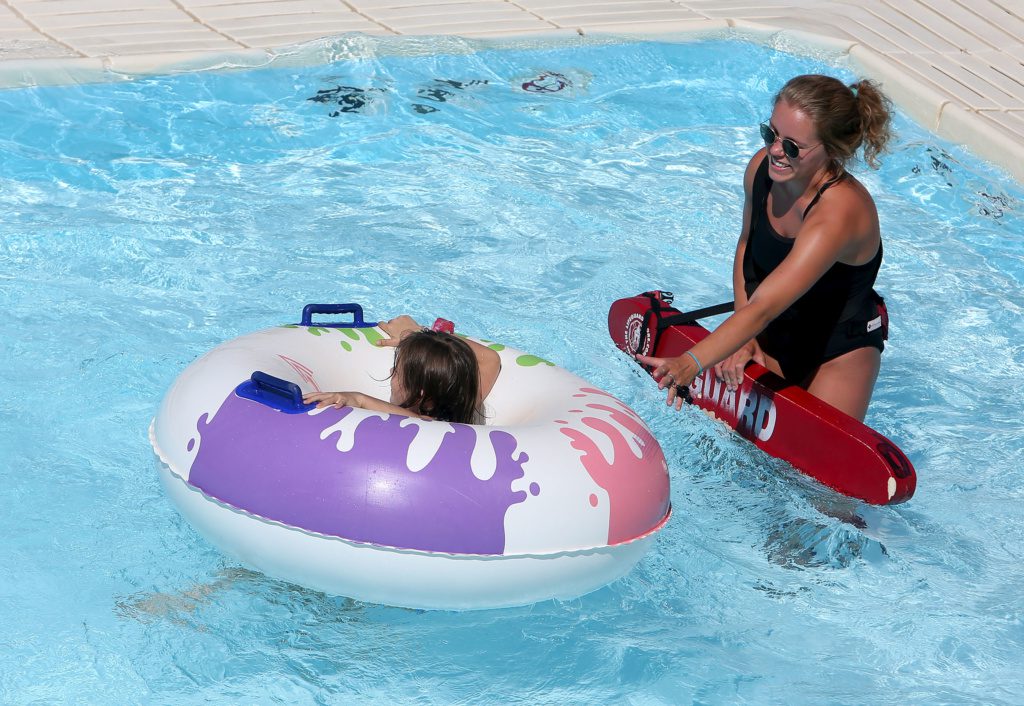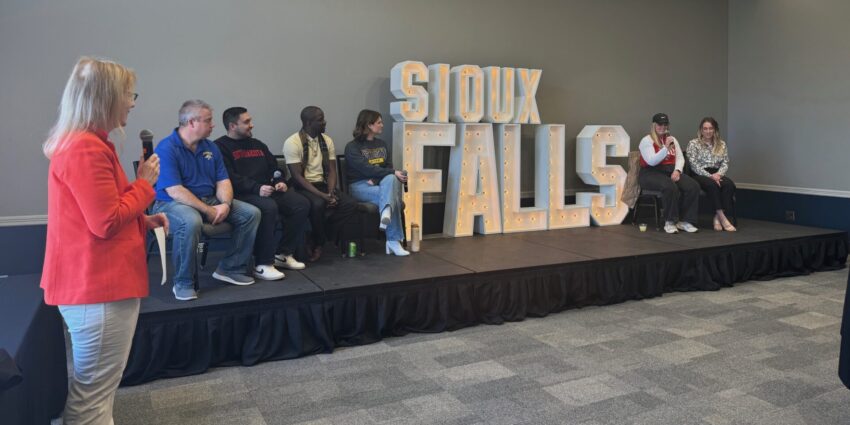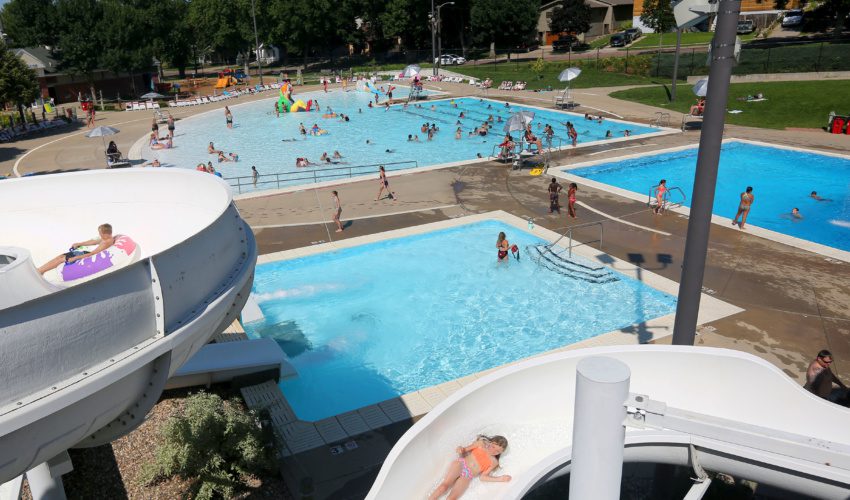Pools look to older workers as teen employees opt out
July 30, 2018
Seasonal workers at the nation’s pools increasingly are coming from a different season in life – a demographic shift in employees that’s also starting to show itself in Sioux Falls.
Jean Pearson, the city’s recreation program coordinator, was one of several in her field interviewed at the beginning of this season by The Washington Post about the trend, which came out with the article headline: Why your pool’s lifeguard is more likely to be a senior citizen.
The days of “Baywatch”-driven teens and young adults lining up for a spot on the lifeguard stand are over, it said. In their place, baby boomers and older retirees are filling many of the 150,000 lifeguard positions nationwide that no longer interest younger workers.
“It’s been extremely tough,” Pearson told the Post, adding she has expanded her search to college students and retirees who are regulars at the pools.
Her situation isn’t as dire as other places, though. The article reported that in Austin, Texas, 644 of 750 lifeguard slots were filled by July 4. City officials tried recruiting older workers by placing ads in newspapers, employee retirement guides and utility bills – places they still look for information even if their younger counterparts don’t.
It likely isn’t just swimming pools lacking the seasonal workers who used to operate them.
The number of people age 16 to 19 participating in the workforce nationwide saw a sharp decline in the early 2000s, according to the U.S. Bureau of Labor Statistics.
It was 35 percent this summer, down from 52 percent in June 2000. It’s projected to drop to less than 32 percent by 2026.
South Dakota has one of the nation’s highest labor force participation rates for all ages, but summer staffing has still become a challenge.
The city pools need 69 outdoor lifeguards daily, Pearson said. That requires 225 people on payroll, she said, once schedules and availability are factored into staffing.
At the Midco Aquatics Center, workers are limited to 28 hours a week. Because it operates all year, 40-hour-a-week jobs would require benefits. Seasonal positions don’t.
At Midco, “I have kids that would work 40 hours a week because they’re college seniors and not finding jobs,” she said. “I’ve got them. I just can’t work them 40 hours. I can work them over 40 at the outdoor pool because it’s a summer job.”
The Midco Aquatics Center keeps 70 to 80 people on the payroll. In the recent past, that has included some nontraditional lifeguards.
One moved into fitness instruction because standing poolside was tough on her back, Pearson said. Another traveled a lot overseas teaching and had to take a break.
“The biggest place where I have nontraditional workers is swimming lessons,” she said, adding that while staffing lessons works during the summer because teen lifeguards help, it becomes a lot harder the rest of the year.
“I’ve had to really be creative in how I use my staff and the type of staff I hire. For swimming lessons, I have a lot of high school and elementary teachers and home-school teachers teaching lessons. There’s a huge need for swimming lessons. They (the classes) fill the first night, a lot of them, but part of my problem is finding people to teach the lessons.”
In the summer, the challenge is retaining teen lifeguards.
Aiden Miller, 22, is the exception. He started as a lifeguard at 18 and now is in his second summer as a head guard at Terrace Park.
He credits his co-workers for why he has stuck with the job – “We all get along and are pretty close” – and as an education major at USD, the job fits with his career goals.
He comes up with lesson plans for swimming lessons and has experienced working with a range of ages.
There aren’t many co-workers left from when he started, though. Terrace Park, the park system’s busiest pool, requires 18 guards daily.
“It’s harder to keep people sometimes because it’s stressful,” he said. “The patrons don’t always cooperate. But a lot of my friends kept working and I kept working with them, and I enjoyed working with the kids.”
He likely won’t be back next summer as he looks for a first full-time teaching job but could see himself returning as a substitute or helping manage during the summers.
“Almost all my managers have been teachers,” he added.
Pearson, who has worked with the parks department since 1996, said there has been a “huge shift” in teen employment.
“When I first started, kids would get certified and might work three or four years. Now if I get them two years, I’m counting my blessings,” she said.
She has started hiring lifeguards as young as 15. By the time kids get to college, they’re often seeking internships that don’t offer the flexibility to fit in working at the pool, she said.
“Over the years, I’ve seen a huge increase in the number of staff who work part time. I have 60-some kids working part time, and six years ago I might have had five. So I’ve had to be really creative. Part of it is kids don’t want to work that much. They’re not interested.”
The city offers to reimburse the cost of certification once kids work three months and has adjusted its bonus program to also reward workers midseason instead of all at the end.
“In this field, there’s a lot of responsibility kids carry on their shoulders every day,” she said. “I want them to know we appreciate them doing this for the community.”

